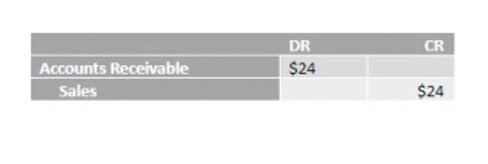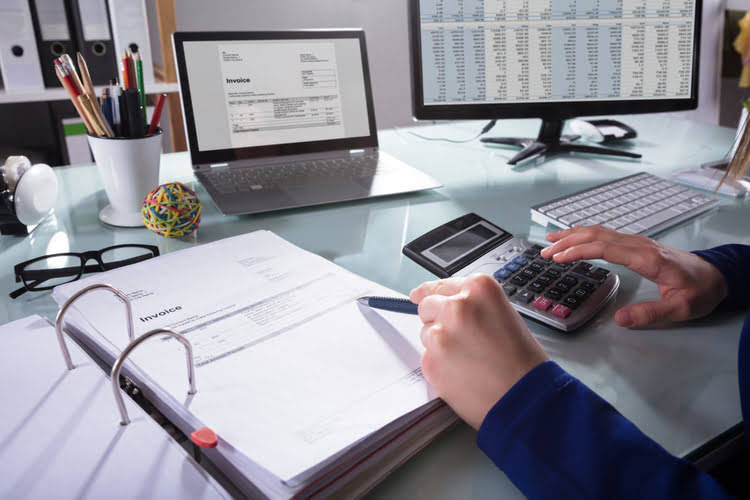
Equipment is also one of the most varied forms of plant assets since it differs based on the industry or the specific demands of each company. Its accounting definition could be identified in IAS 16 Property, Plant and Equipment. IAS 16 defines them as physical assets that are used to produce revenue or for administrative purposes and are expected to be in use for more than one accounting period. As we continue to walk our way down the balance sheet, we come to noncurrent assets, the first and most significant of which is PP&E. With technology at the heart of modern operations, software shapes how businesses run–from accounting systems to customer management tools.
Why is understanding the plant asset definition important?
There are different methods of depreciation that a business entity can use. Many business entities use different depreciation methods for financial reporting and tax purposes. In this article, we will talk about non-current tangible assets and, specifically the plant assets. The article will be all about plant assets, their recognition, depreciation, and differentiation from other asset classes. How do businesses decide when to replace a plant asset instead of repairing it? Companies evaluate the cost-effectiveness of repairs versus replacement, considering factors such as maintenance costs, downtime, asset age, and advances in technology.

Initial Measurement of Plant Assets
Thus, for accounting and plant asset disposal, they are recorded at cost, and are depreciated over the estimated useful life, or the actual useful life, whichever is lower. Finally, if required, the business or the asset owner has to book the impairment loss. In that case, the estimated realized value of the asset is less than the actual depreciated cost appearing in the books. Beyond the base price, the cost of a new machine might include shipping fees, installation charges, and initial testing costs to ensure it functions correctly.

Impairment
- The company also has a printing press for printing customized merchandise with brand designs.
- Keeping detailed records is key for staying on track with financial rules and knowing how much your buildings are worth.
- How do businesses decide when to replace a plant asset instead of repairing it?
- Delving into plant assets reveals an array of crucial resources, varying from the solidity of land to the sophistication of digital software.
- While depreciation is an expense, it is a non-cash expense, meaning it does not involve an outflow of cash in the current period.
- Therefore, the company would record the machine at £110,000 as the initial cost.
Buildings are vital for housing employees, storing inventory, or hosting customers, and they may be repurposed or expanded as a business grows. Depreciation on buildings is calculated based on their expected useful life, which can vary depending on construction quality and maintenance. A key aspect of plant asset management is the implementation of aggressive maintenance plans and interval schedules.
- Next, the business must ensure that it is used for the business purpose and not kept as inventory for selling later on.
- For the transportation and logistics industry, vehicles, warehouses, and loading equipment are critical assets that enable the movement of goods.
- Once they own the land, they might make it better with landscaping, parking lots, and sidewalks.
- Moving beyond software and donated equipment leads us into exploring how vital these resources are within everyday business activities.
- They are recorded at cost and are depreciated over the estimated useful life, or the actual useful life, whichever is lower.
- Depreciation is essential in reflecting the wear and tear of an asset, and it helps maintain accurate financial reporting.
In industries like logistics, delivery, and field services, vehicles are crucial for transporting goods, conducting on-site services, or allowing employees to travel between locations. Vehicles are subject to depreciation due to frequent use and exposure to external elements, and they require regular maintenance to stay operational. Some companies use a fleet management approach to track plant assets are defined as usage, maintenance schedules, and depreciation, ensuring the longevity and reliability of their vehicles. Buildings are structures where a business conducts its activities, such as manufacturing plants, corporate offices, retail stores, and warehouses. These assets are typically significant investments and have long useful lives, but they do depreciate over time due to natural wear and tear. Companies may periodically invest in repairs or renovations to keep buildings safe, efficient, and compliant with regulations.
What is a Plant Asset? Definition and Real-World Examples
Machinery needs regular maintenance; software requires updates to stay useful and secure. Managing them well means understanding their role in creating income over time. Keeping track of these assets helps businesses run smoothly and prevents loss or theft.
- Proper asset identification, using methods such as asset tags or labels, is crucial for maintaining accurate records and facilitating efficient maintenance schedules.
- Plant assets are initially recorded at cost plus all expenditures necessary to buy and prepare the asset for its intended use.
- This classification is rarely used, having been superseded by such other asset classifications as Buildings and Equipment.
- After almost a decade of experience in public accounting, he created MyAccountingCourse.com to help people learn accounting & finance, pass the CPA exam, and start their career.
The matching principle states that expenses https://tuwaga123.com/mm-definition-in-the-cambridge-learners-dictionary/ should be recorded in the same financial year when the revenue was generated against them. As the fixed assets last longer, the expenses are divided over the item until they’re useful. What factors influence the choice of depreciation method for plant assets? The choice of depreciation method depends on factors like the asset’s expected usage pattern, industry standards, and financial reporting requirements.

Plant assets refer to long-term, tangible items used in the production process or delivering services. They include machinery, buildings, land, and equipment vital for daily operations. In accounting terms, plant assets are also known as property, plant, and equipment (PP&E). Companies record these assets on their balance sheets at historical cost minus depreciation. Bookkeeping for Startups Plant assets usually require a significant financial investment due to their essential role and durability in operations. This high monetary value is reflected in the initial cost of acquiring and setting up these assets.
The straight-line method’s illustration has been given in the above example. If debt has been used to purchase the plant asset, then the cash flow statement would also show the regular payments towards that debt too. If there is an indication that the carrying amount (ie the historical cost) of a plant asset might have changed, an impairment test would be carried out. This includes purchase price, shipping costs, installation charges and any other costs directly attributable to bringing the asset to its working condition.
- Understanding these practices ensures better management of resources and effective financial reporting.
- This specialized approach is essential for operations with significant capital investments, as it can dramatically reduce costs, improve productivity, and extend the lifespan of crucial assets.
- The calculation equation defines the asset’s contribution to book value, which is the number reported on the balance sheet.
- The recoverable amount is the higher of the asset’s fair value less costs to sell and its value in use.
- The formal plant asset definition requires that the asset have a useful life of more than one year and be actively used to support business activities.
- In addition to buildings, plant assets also include both fixed and moveable equipment.

These investments help businesses maintain modern, efficient, and safe work environments, especially as they grow or modify operations. These assets are actively used in the normal course of business to produce goods or services, not held for speculative investment or immediate resale. A manufacturing plant uses its equipment to create products, directly contributing to its core business activities. This operational use differentiates them from items like inventory, which are specifically held for sale. Plant assets are reported within the property, plant, and equipment line item on the reporting entity’s balance sheet, where it is grouped within the long-term assets section. The presentation may pair the line item with accumulated depreciation, which offsets the reported amount of the asset.

